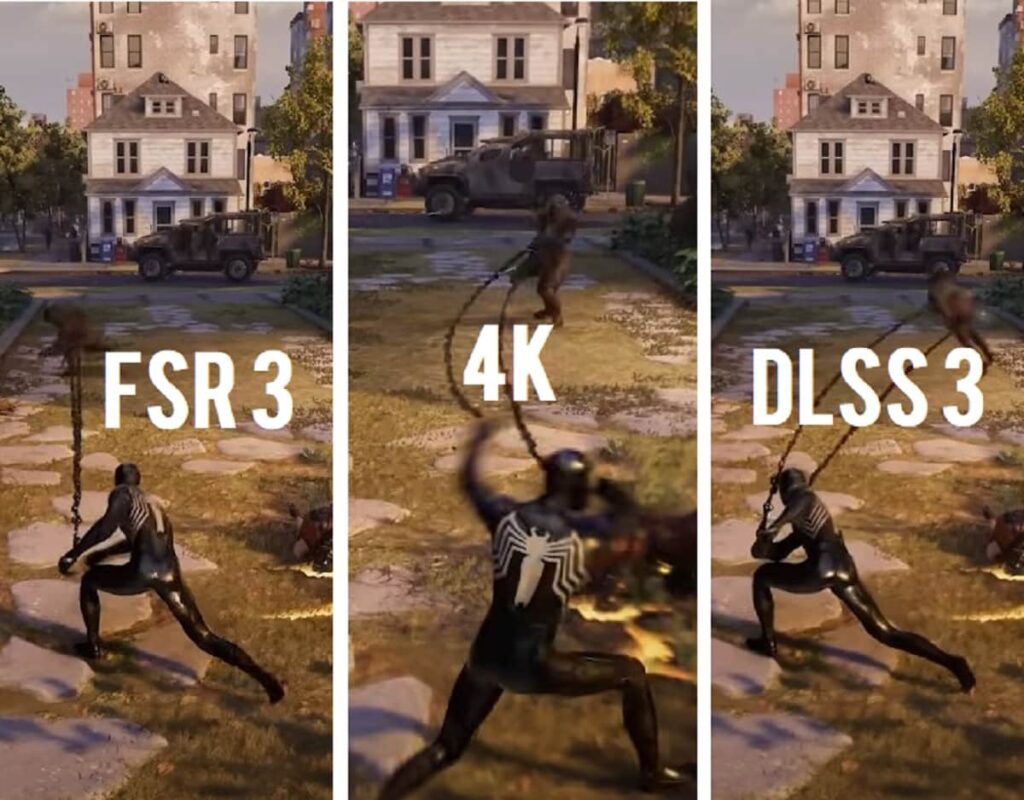Studio Ghibli and anime films are celebrated for their stunning visuals and imaginative storytelling. However, the process of bringing these animated masterpieces to life is far from simple. This article explores the complexities behind some of the most beloved Studio Ghibli films and groundbreaking anime, revealing the dedication and innovation required to create these animated gems.

The Most Difficult Studio Ghibli Films to Animate
Studio Ghibli is renowned for its hand-drawn animation and unique storytelling. But what goes into making these films? Here are some of the most challenging Studio Ghibli films:
1. Princess Mononoke
Princess Mononoke is a visually stunning film that pushed the boundaries of animation. The film required extensive research and development to create its complex characters and detailed landscapes. Animating the film’s numerous fantastical creatures and incorporating traditional Japanese elements added to the difficulty. The sheer scale of the project and the need for intricate animation made it one of Ghibli’s most challenging films.
2. Spirited Away
Spirited Away is perhaps Studio Ghibli’s most famous work. The film’s creation involved detailed background art and complex character animations. Director Hayao Miyazaki’s vision required a high level of craftsmanship to bring the fantastical world to life. The use of both traditional hand-drawn techniques and digital tools posed significant challenges, especially in maintaining the film’s unique style and quality.
3. Howl’s Moving Castle
The animation of Howl’s Moving Castle was a feat of artistry and engineering. The film’s intricate mechanical designs and magical elements required meticulous attention to detail. Animating Howl’s castle, which moves and changes shape, was particularly challenging. The film combined traditional animation with innovative techniques to create its stunning visual effects.
Why Princess Mononoke Was So Challenging to Make
Princess Mononoke stands out for its complexity. Here’s why:
1. Detailed Creature Designs
The film features a variety of intricate creatures, from the majestic Forest Spirit to the terrifying Boar Gods. Each character required its own detailed design and animation process. Bringing these creatures to life while ensuring they fit seamlessly into the natural world of the film was a significant challenge.
2. Complex Environmental Animation
The natural landscapes and forests in Princess Mononoke were animated with incredible detail. Creating realistic and dynamic environments that interact with the characters involved a high level of artistry and technical skill. The film’s environmental animation was essential for immersing viewers in its fantasy world.
3. Cultural Accuracy
Princess Mononoke incorporates elements of Japanese folklore and culture. Ensuring accuracy and respect for these traditions while crafting a fantastical narrative added another layer of complexity to the animation process.
Studio Ghibli’s Dedication to Hand-Drawn Animation
Studio Ghibli’s commitment to hand-drawn animation sets it apart in an era increasingly dominated by digital techniques. Here’s how they maintain their traditional approach:
1. Detailed Hand-Drawn Backgrounds
Ghibli’s films are known for their meticulously hand-drawn backgrounds. Artists spend countless hours creating detailed and vibrant scenes, often using watercolor and other traditional methods. This dedication to hand-drawn backgrounds enhances the films’ visual richness and depth.
2. Frame-by-Frame Animation
The studio continues to use frame-by-frame animation for character movement, ensuring a fluid and expressive visual style. Each frame is carefully crafted to maintain the characters’ emotions and actions, creating a unique and engaging viewing experience.
3. Combining Traditional and Digital Techniques
While Studio Ghibli is known for its hand-drawn approach, it also integrates digital techniques to enhance its animations. This blend of traditional and modern methods allows the studio to create visually stunning films while preserving its artistic integrity.
How Studio Ghibli Uses Traditional and Digital Techniques
Studio Ghibli seamlessly combines traditional hand-drawn animation with digital tools to create its films. Here’s how this combination works:
1. Traditional Animation for Core Elements
The core animation, including character movements and key scenes, is done using traditional hand-drawn methods. This approach preserves the classic Ghibli aesthetic and ensures that the film retains its unique visual style.
2. Digital Tools for Enhancement
Digital tools are used to enhance the animation, such as adding special effects, refining backgrounds, and integrating complex scenes. These tools help streamline the animation process and achieve effects that would be difficult to create using traditional methods alone.
3. Maintaining Artistic Integrity
Despite the use of digital techniques, Ghibli maintains its commitment to artistic integrity by ensuring that digital enhancements complement rather than overpower the hand-drawn elements. This balance helps retain the film’s distinctive look and feel.
The Making of My Neighbor Totoro in Just 8 Months
My Neighbor Totoro is one of Studio Ghibli’s most beloved films. Its creation in just eight months was an impressive feat. Here’s how it was accomplished:
1. Streamlined Production Process
The production team employed a streamlined process to complete the film within a tight timeframe. This involved efficient planning, coordination, and execution of animation tasks.
2. Dedicated Teamwork
A dedicated team of animators and artists worked tirelessly to ensure the film’s quality. Their commitment and collaboration were crucial in meeting the deadline while maintaining high standards.
3. Simplified Design
The film’s simpler character designs and backgrounds helped expedite the animation process. This approach allowed the team to focus on the film’s heartwarming story and charm without sacrificing quality.
Challenges Faced in Animating Classic Anime Films
Classic anime films, like those from Studio Ghibli and other studios, often present unique challenges:
1. Technological Limitations
Older anime films were created with limited technology, requiring innovative techniques to achieve desired effects. Animators had to be creative with their methods to overcome these limitations.
2. Frame-by-Frame Labor
Animating classic anime involved painstaking frame-by-frame work. Each frame had to be carefully drawn and colored, making the process time-consuming and labor-intensive.
3. Maintaining Consistency
Ensuring consistency in character design and animation across numerous frames and episodes was a significant challenge. This required meticulous planning and execution to maintain visual coherence.
How Akira Set New Standards for Anime
Kira is a landmark film in the anime industry. Here’s how it set new standards:
1. Innovative Animation Techniques
The film introduced innovative animation techniques, including advanced special effects and detailed character designs. Its use of vibrant colors and dynamic action sequences pushed the boundaries of what was possible in anime.
2. High-Quality Production
The high production values of Akira set a new benchmark for anime films. Its attention to detail and ambitious scale influenced many subsequent works in the industry.
3. Cultural Impact
Akira had a profound impact on anime and popular culture. Its success demonstrated the potential of anime as a serious and artistic medium, leading to increased recognition and respect for the genre.
The Challenges of Blending CGI in Anime
Blending CGI with traditional anime techniques presents several challenges:
1. Maintaining Visual Consistency
Integrating CGI with hand-drawn animation requires careful coordination to ensure that both elements blend seamlessly. This can be challenging, as differences in style and texture need to be harmonized.
2. Technical Integration
Combining CGI with traditional animation involves complex technical work. Animators must ensure that CGI elements interact naturally with hand-drawn scenes and characters.
3. Artistic Balance
Balancing the artistic styles of CGI and traditional animation is crucial. The use of CGI should enhance rather than overshadow the hand-drawn elements, maintaining the overall aesthetic of the film.
How Anime Films Push Animation Boundaries
Anime films often push the boundaries of animation through:
1. Unique Artistic Styles
Anime films frequently experiment with unique artistic styles, exploring new visual techniques and storytelling methods. This innovation contributes to the genre’s distinctiveness and appeal.
2. Complex Storytelling
Anime films are known for their complex and imaginative storytelling. They often tackle intricate themes and narratives, pushing the boundaries of traditional animation.
3. Technological Advances
Advancements in animation technology, including CGI and digital effects, allow anime films to explore new creative possibilities. These tools help expand the range of visual and narrative techniques used in the genre.
The Most Complex Anime Films Ever Made
Several anime films are renowned for their complexity:
1. Redline
Redline is known for its intricate animation and dynamic racing sequences. The film’s high energy and detailed visuals set it apart as one of the most complex anime films.
2. Ghost in the Shell
Ghost in the Shell features detailed cyberpunk visuals and complex themes. Its pioneering use of CGI and animation techniques contributed to its reputation as a groundbreaking film.
3. The Tale of the Princess Kaguya
The Tale of the Princess Kaguya is celebrated for its unique animation style and intricate hand-drawn artwork. The film’s distinctive visual approach and detailed backgrounds make it one of the most complex anime films.
Conclusion
Studio Ghibli and anime films are renowned for their stunning visuals and innovative storytelling. The challenges of animating these films reveal the incredible dedication and artistry behind the scenes. From the intricate details of Studio Ghibli’s hand-drawn animations to the groundbreaking techniques of anime films, the world of animation is
rich with creativity and technical achievement. Understanding these challenges helps appreciate the remarkable efforts that bring these animated masterpieces to life.



